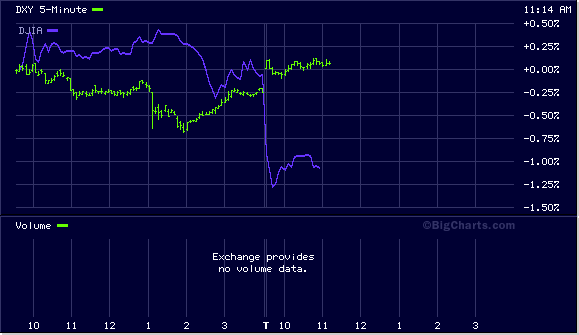How a “flight-to-quality” trade helps mortgage rates
 A “flight-to-quality” trade is not the latest comedic duo out of New Zealand but it is an important concept when it comes to tracking mortgage rates. I will do my best in this post to explain what it is and how it impacts long-term mortgage rates.
A “flight-to-quality” trade is not the latest comedic duo out of New Zealand but it is an important concept when it comes to tracking mortgage rates. I will do my best in this post to explain what it is and how it impacts long-term mortgage rates.
“Flight-to-quality” is sometimes also referred to as “flight-to-safety” which is probably a better reference point for understanding the concept.
A “flight-to-safety” trade occurs when investors collectively shift investment capital away from traditionally “riskier” assets such as stocks and reinvest that capital into traditionally “safer” asset classes such as cash, cash equivalents, and fixed-income securities. Mortgage-backed Bonds (MBS’s) are generally considered a “safer” investment and therefore are included in the latter.
When a “flight-to-safety” trade occurs selling pressure is placed on the stock market which sends the value of stocks lower. In contrast, demand for “safer” investments increases which drives the value of these assets higher, pushing yields lower.
The result then of a “flight-to-safety” trade is ultimately favorable to mortgage rates.
Let’s quickly take a look at a real life example to show how this might work. This morning we awoke to news that two major credit ratings agencies (Moody’s & Fitch) had each downgraded the credit rating on Greece & Dubai.
Their announcements spread concern amongst the investment community that debt and other assets issued from these less stable economies were risky. As a result, we witnessed a “flight-to-safety” trade which sent the stock market lower and US dollar higher. This trade is evident in the chart below where the purple line represents the Dow Jones Industrial Average and the green line represents the US Dollar index.

Mortgage rates benefited from this dynamic falling .125% from the previous day.
So, in summary, during a flight-to-quality in the financial markets mortgage rates tend to fall as investors seek out a “safe” place to park their capital until anxiety in the market dissipates. Beware of the fact that the market always recovers and when it does the flight-to-safety trade unwinds and usually pushes rates back to the levels they were before the trade.